Assemble a city-break destination from a wishlist of components and you get Lisbon: a wide glittering river, limpid skies, steep cobbled streets, palaces, churches (and a castle, of course), tiles in pink, mint and indigo, and cheap, fresh, grilled sardines to eat outside a tasca (bar) in the sun. It's a place so beautiful you can't believe people are using it to live in. And Lisbon is decidedly lively. Every year it seems there is more to do, more to eat and more distance to cover.
WHAT TO SEE
Tram to Belém

Tram, lisbon. Photograph: iStock Photo
It's worth going to Belém for the tram ride and a visit to bakery Pasteis de Belém (Rua de Belém 84-92) alone, but this district has many big attractions. The Jardim da Praça do Império is Europe's biggest plaza, the Museu dos Coches holds one of the world's biggest collection of royal coaches, and Jerónimos monastery has arches and columns as intricately carved as the filigree silver in every Lisbon jewellers. In its cloisters are two museums: the Museu de Marinha, which is devoted to the golden age navigators and the Museu Nacional de Arqueologia, with Roman mosaics and bronze age metalwork. Also impressive is the private art collection of 20th-century masterpieces at the Museu Coleção Berardo inside Belém Cultural Centre. All of this should be combined with a visit to the iconic 16th-century Torre de Belém, resplendent on the wide and dazzling waterfront.
The 15E tram runs the 7km route from Praça da Figueira via Praça do Comércio to Belém (terminating at Algés) and takes 20 minutes (2.90)
The Gulbenkian
See Degas, see ancient Egyptian stuff, hear jazz (or Verdi), feed ducks, eat ice-cream, lie on the grass in the shade of a tree … The Gulbenkian is a one-stop cultural oasis in the city encompassing the Museu Calouste Gulbenkian, which houses an eclectic and stellar art collection, indoor and outdoor auditoriums, a separate light and airy Centro de Arte Moderna focusing on British and Portuguese artists (including Hockney and Rego), and languid landscaped gardens. All come under the aegis of the Gulbenkian Foundation, the legacy of art collector Calouste Gulbenkian.
Garden open 10am-7pm daily, museums 10am-6pm (closed Tuesday), Avenida de Berna 45, gulbenkian.pt, São Sebastião or Praca de Espanha metro
Surf tours

Lisbon faces the river Tagus, but its spirit is vast and oceanic, tied up with seafaring, fishing and adventures on the Atlantic, just around the cornerbend in the river. It's quick and easy to get to the beaches of Estoril and Cascais by train and to the Costa da Caparica (on the west of the Setúbal Peninsula) by ferry and bus, but the team at Lisbon Surf Tours provide the best connection between the city and the sea. Surf instructors collect you from your hotel, provide you with board, wetsuit and advice, and deposit you in the breaking waves of surf spots (generally around 20 minutes from the city) according to weather conditions and your level of experience.
Six-hour Surf Day from €60pp for one, 55pp for two, 50 for three or 45pp four or more, lisbon-surf-tours.com
A day on the tiles
Feast your eyes on displays of tiles spanning 500 years of feverish creativity at the Museu do Azulejo, housed in convent cloisters not far beyond Santa Apolónia station. It's like nowhere else, although the 38 blue-and-white 18th-century panels illustrating fables of La Fontaine inside the São Vicente de Fora church run it close. Tile-lovers with deepish pockets should check into the hotels Palácio Belmonte or Palácio Ramalhete, where interior walls are covered in them. For the rest of us, wandering the side streets of Alfama, Chiado and Cais do Sodré is a visual treat.
Museum entry 5, open 10am-6pm, closed Mon, Rua Madre de Deus 4, museudoazulejo.gov.pt
Retro store A Vida Portuguesa

This emporium is dedicated to selling long-forgotten, once-unfashionable Portuguese products and brands to a retro-facing generation. It's a museum of childhood for Lisboans, who dreamily stroke the wool blankets from the Serra de Estrela, and stare at wooden display cases of lavender water, shaving creams in tubes, and the Claus Porto soaps their grandmothers used. For everyone else, it is a place to buy lots of beautifully packaged traditional stuff. There are four stores, but the Chiado branch is the best.
Rua Anchieta 11, Chiado, avidaportuguesa.com
Flea markets and bric-a-brac
Lisbon has no shortage of antique shops, many on Rua de São Bento (Rato metro) and Rua de São José (Avenida metro). More casual trinket and vintage browsers will like the Tuesday and Saturday Feira da Ladra market (in the Alfama neighbourhood) and the Sunday market at LX Factory, an old factory warehouse now populated with vintage shops, designer shoe sellers and restaurants. But for a poke about and cup of tea, it's hard to beat Arco da Velha in Cais do Sodré, a time-warp bric-a-brac shop and cafe. Looking for a chandelier plus coffee and a cake? A ceramic saint, some silver cutlery and glass of wine? Homemade soup with a carved wooden chair? This is your place.
Feira da Ladra: Campo de Santa Clara, Tues and Sat, 6am-5pm, on Facebook. LX Factory: Rua Rodrigues de Faria 103, lxfactory.com. Arco da Velha: Rua de São Paulo 184-186, on Facebook
Museum of Art, Architecture and Technology

Designed by British architect Amanda Levete, MAAT opened on the banks of the Tagus to great fanfare last autumn. Comprising a former power plant and a separate curvy modern annexe with 7,000 square metres of exhibition space, some critics say the exterior – gleaming white stone turning gold in the setting sun – is the best bit.
Museum entry 9 for both buildings, open 12-8pm, closed Tues, Av Brasilia, Central Tejo, maat.pt
WHERE TO EAT
Mini Bar
What a joy! This is dining as a theatre experience with each course representing an act in a play: the waiters are de facto actors, presenting each dish with a theatrical flourish; the setting is an old theatre. Diners enjoy it most if they relinquish control and submit to a series of surprises and revelations. Done badly it could be extremely irritating, but here it really works. Mini Bar is about entertainment, but the spotlight is on the innovative gastronomy of top chef José Avillez, available here in small portions (or "savoury, spicy, sharp and sweet moments"). Select as many dishes as required, making sure to include the caipirinha (which isn't a drink), and the Ferrero Rocher, which … well, it's a secret. Or take a leap in the dark with one of two eight-course tasting menus and see what comes – it'll be fabulous, and strange, and probably funny. The venue is small and informal (there are seats at the bar), staff are hospitable, lighting provi des a honey glow, and the sound is of cocktail shakers, good music (DJs on Fridays and Saturdays) and happy diners. Encore!
Epic menu 48.50, set menu 39, individual dishes 2.50-12.50, open daily 7pm-2am, António Maria Cardoso 58, +351 21 130 5393, minibar.pt
Páteo at Bairro Do Avillez

José Avillez again. Lisbon's versatile celebrity chef has six restaurants in Lisbon and one in Porto, all using decor to complement the food, just as the right wine does. Here, the speciality is traditional seafood dishes in a setting reminiscent of a courtyard, complete with mock cottages and flooded with natural light. From the dark tuna in ginger marinade on a turquoise plate, and velvet-soft octopus salad to lobster rice served piping hot in a copper pot, it's impossible to imagine better seafood. Even the açorda (prawn, bread, soft egg, chilli and coriander, stirred to look like soggy Weetabix, and regarded by many Portuguese children as a punishment) is divine. Trust in the sommelier for faultless and imaginative wine pairings.
Rua Nova da Trindade 18, open daily 12.30pm-3pm, 7pm-12am, +351 215 830 290, joseavillez.pt
Palácio Chiado
This is essentially an upmarket food hall, in a lavish palace. Downstairs, local producers serve traditional favourites from bacalhau (salted cod) to steaks and great pastries and puddings – as well as salads. House credit cards and buzzers mean there's no need to continually flash the cash, and you know when your order is ready. Upstairs, things get seriously opulent. Three companies each occupy their own splendid salons: choose oysters at Espumantaria do Mar, sushi at Sushic Chiado, or charcuterie and fabulous local cheese at Delisbon. The latter, its walls covered by murals of Hercules and a cast of thousands, is surely the finest setting for nibbling a cheese board in the world. Justifiably very popular.
Weekday offer 12pm-4pm: main course, drink and coffee 10.90 at all restaurants except Sushic Chiado, which offers a weekday lunch special for 16.50 (amuse bouche, starter, 14 pieces of sushi). Rua do Alacrim 70, open daily, Sun-Weds 12pm-12am, Thurs-Sat 12pm-2am, +351 21 010 11 84, palaciochiado.pt
Insolito
Good food comes wrapped in a special dining experience at this grand old house with the feel of a private club. The stylish dining room is accessed through a curtain, where the mixologist works hard behind a bar lit by elaborate chandeliers. Terrace tables look out over the rooftops and lights of the city below. It's quintessentially Portuguese – like the menu. Try steamed octopus tentacles with violet potato puree; Algarve clams or tender lamb fillet, matched with Portuguese wines handpicked by a keen sommelier.
Starters from 5, mains from around 19, Rua de São Pedro de Alcântara 83, +351 211 30 33 06, theinsolito.pt
WHERE TO DRINK
Pensao Amor

With its blue velvet curtains and red glow, there's a Twin Peaks mood at this coolly seedy bar. Beyond the cosy parlour of lamps, trinkets, armchairs and 1920s erotica, there's a bar and small dance floor with glitter ball and stag's head. With its well-worn wooden floors and various nooks, the venue is poised somewhere between authentically rough and self-consciously cheeky, but the main thing is its lively schedule of stuff – DJ sets, live music, burlesque acts – and friendly staff. A back entrance opens on to the pink street; check out the saucy mural on the stairway.
Rua do Alacrim 19, on Facebook
Decadente
Ah, here's where the party's at! There's always a friendly, convivial crowd at Decadente, and they seem to know what's going on across the capital, though it's tempting just to spend the whole evening here. Start by working down the blackboard of Portuguese cocktail specials in the informal stylish bar with its black-and-white tiled floor and designer lighting, grab a table for snacks or dinner on the small-but-sweet enclosed candlelit terrace, then relax in an armchair in the book-lined clubby lounge space. Also open for breakfast and lunch, Decadente is inside the social hub that is Independente Hostel & Suites.
Cocktails from 5.25, Rua de São Pedro de Alcântara 81, thedecadente.pt
Pavilhão Chinês

This grocery store-turned-antiques-shop-turned bar between Bairro Alto and Principe Real is enjoying renewed popularity. The five deeply maroon rooms, reminiscent of an old pub and thick with collectibles, are the setting for an evening of sticky cocktails and gawping. From the serried ranks of action men in the display cases that line every inch of wall, to art deco statuettes on tables, military uniforms and model planes strung from the dark ceilings, this bar is fascinating. Not for minimalists.
Rua D Pedro V 89/91, facebook.com/pavilhaochineslisboa, T +351 21 342 47 29351 21 346 13 81;, Mon-Sat 6pm-2am, Sun 9pm-2am, on Facebook
Casa Independente
Three stops on the metro north from Baixa-Chiado, the neighbourhood of Intendente isn't an outpost, but it's a different Lisbon, down at heel with a rap sheet of drugs and crime. Seven years after the mayor relocated here in an effort to bring the area into the fold, the rough diamond is getting a polishing. Casa Independente, which occupies an old, slightly ramshackle house on the main square, is a veritable underground institution, offering a mix of live music and DJ sets, and a sense of community spirit. Visit during the day to drink on the cafe terrace, and to check out the signs of new life around Largo Intendente, including cafes, secondhand book and vinyl stalls and new Hotel 1908, with its Infame restaurant.
Largo Intendente 45, on Facebook
WHERE TO STAY
Almalusa Baixa/Chiado
Rooms at this newish boutique hotel are in cream and grey with large beds covered in acres of crisp white cotton. The whole place oozes quality right down to the popular small restaurant, Delfina, and the cabinets of expensive soap for sale in the flagstoned lobby. Tucked in a corner of a grand square a few brisk strides from the vast Praça do Comércio in one direction and the bars of Cais do Sodré in the other, it's a calm sanctuary. This is ironic given that the building used to be an arsenal, a storehouse for the cannons, gunpowder and arquebuses that ensured Portuguese explorers arrived in the new world with a bang.
Doubles from 150 B&B, Praça do Município 21, almalusahotels.com
The Dorm

Much skill, style, charm and attention to detail is required to make people see cubby holes as desirable overnight accommodation, so hats off to The Dorm. Unless you're large, old or a claustrophobe, you'll hanker to occupy one of the double-storey spaces measuring 117 by 138 by 242cm. All 28 cubbies have thick mattresses, white duvets plus hooks, lockers, useful lighting, and curtains for privacy. Shared bathrooms are deluxe, the kitchen and living area is a sun-filled loft space embellished by creative stuff, and partner restaurant A Praça is visible below. Occupying an old textile printing plant, the unorthodox Dorm suits its location inside the indie artsy complex that is LX Factory.
Cubby holes in dorms from 20, doubles from 50, B&B, Rua Rodrigues da Faria 103 (LX), thedorm.pt
The Independente Hostel and Suites
Take a palatial Lisbon building, all grand staircase, arches and columns; knock out the stuffiness; add style, life and humour; and you get the Independente. The former Swiss Embassy makes a light and spacious hostel, with triple-storey bunks in airy rooms with wedding-cake ceilings. Suites in the adjoining property conserve the grandeur and spirit of place but in a fun way, and are full of quality curios, desirable retro furniture, and lots of original art. All this, plus the fine Decadente bar and Insolito restaurant, plus a great location opposite the gardens of Miradouro São Pedro de Alcântara.
En suite doubles from 90 B&B, dorm beds from 19 B&B, Rua de São Pedro de Alcântara 81, theindependente.pt
Casa do Principe

Some guests check into this B&B and stay for months. No surprise: the nine rooms are palatial, with floor-to-ceiling windows and period features, but sweetly homely. And its location, in well-to-do Principe Real, is central but tranquil. Rooms are as glorious and decorative as Wedgwood pottery, some overlooking the palms of the botanical garden, filled with birdsong and sunlight. The property has been restored as a labour of love, and it's a top find at a very reasonable rate.
Doubles from 99 B&B, Praça do Príncipe Real 23, casadoprincipe.com
– Guardian Service
Source:
Lisbon: the cheapest city break destination in western Europe
 CHEAP: Costa del sol
CHEAP: Costa del sol PARTY: In pricey Ibiza
PARTY: In pricey Ibiza 












 Shutterstock/Krzyzak
Shutterstock/Krzyzak
 A two-course lunch for two costs roughly £20.97 in Kefalonia, Greece.Shutterstock/Lucian BOLCA
A two-course lunch for two costs roughly £20.97 in Kefalonia, Greece.Shutterstock/Lucian BOLCA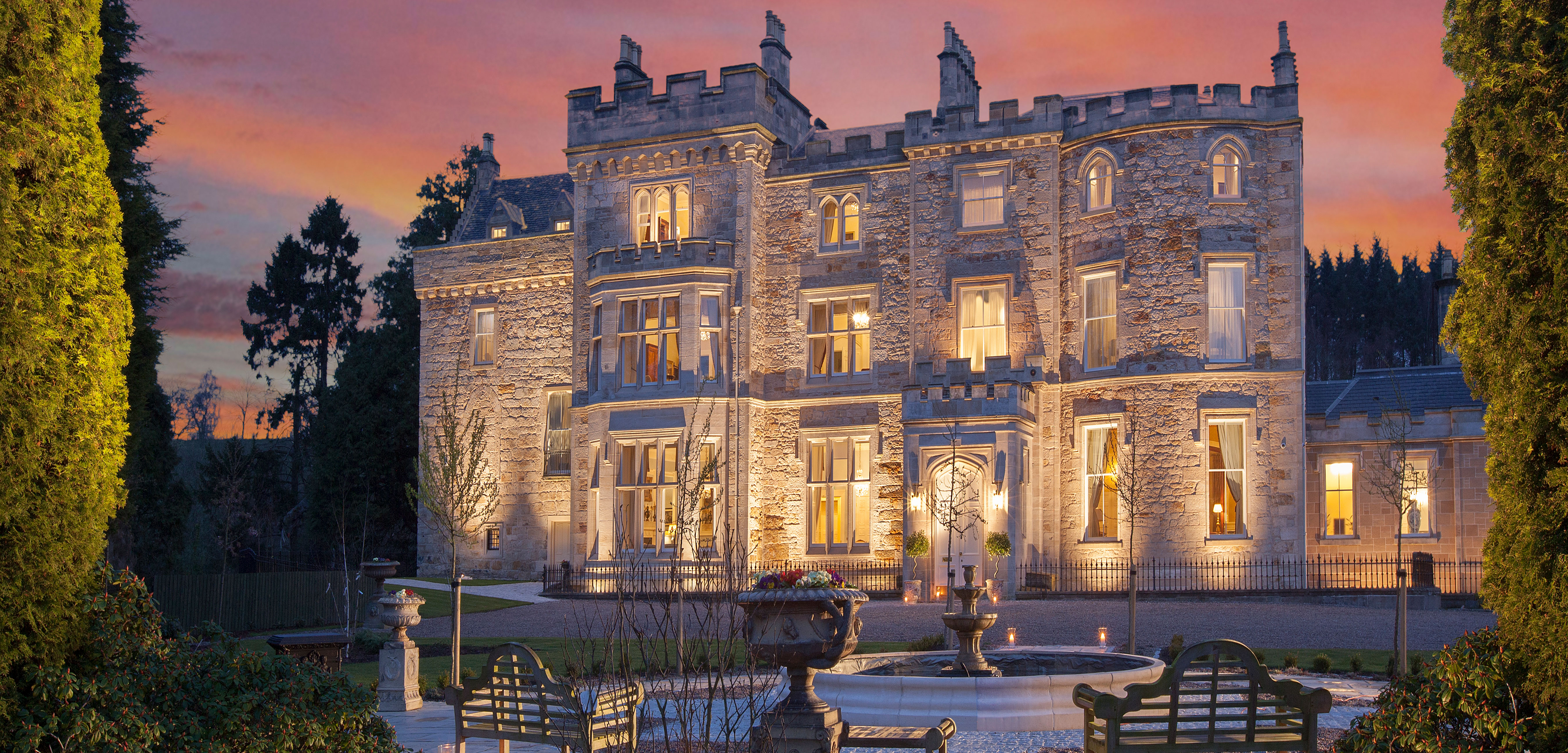
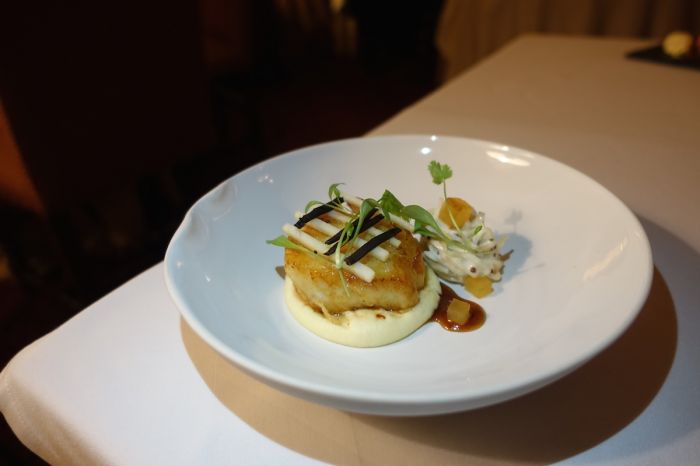
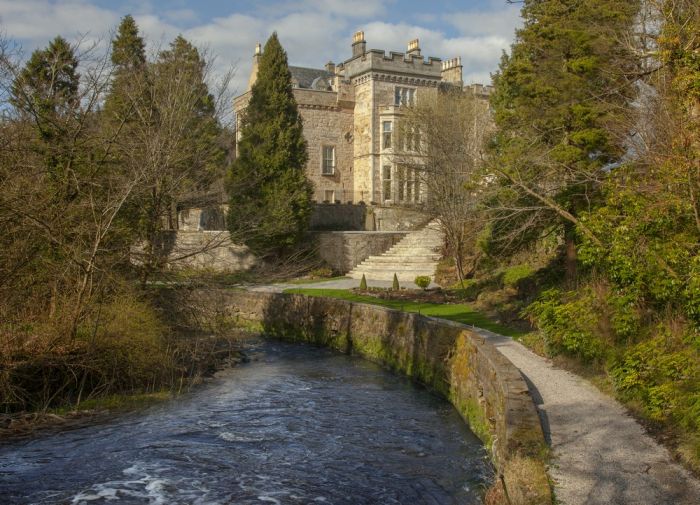
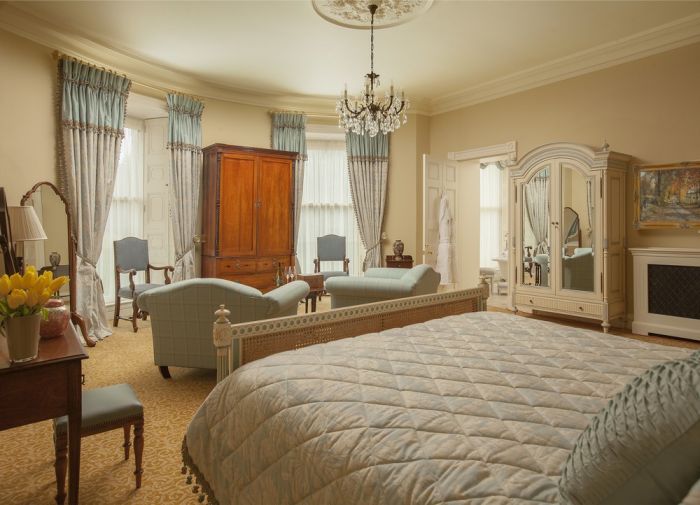
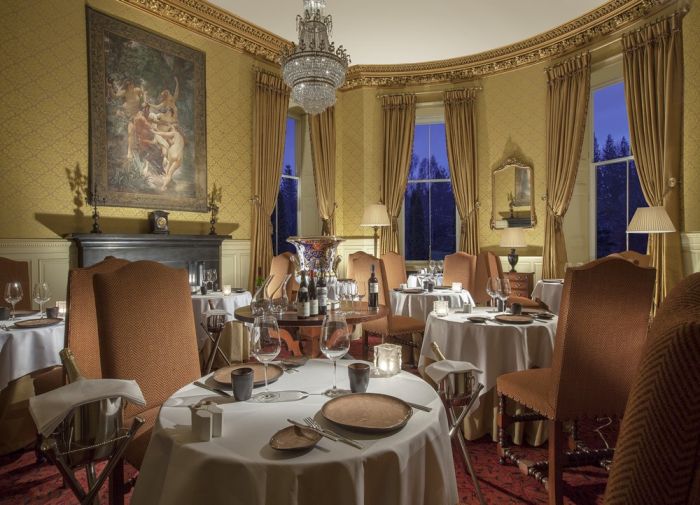
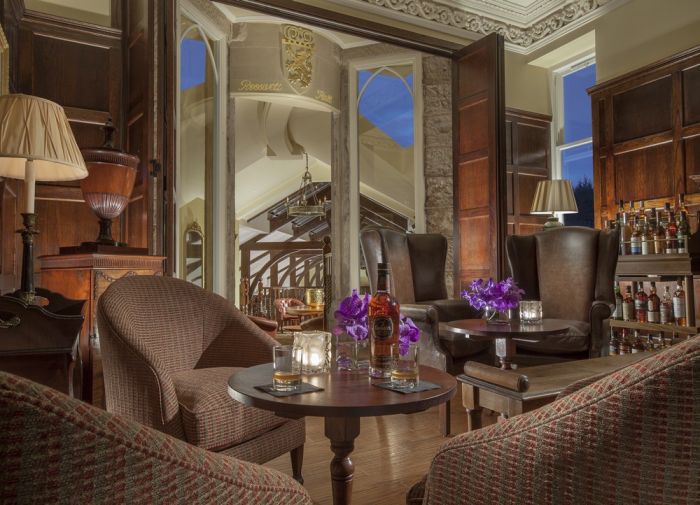
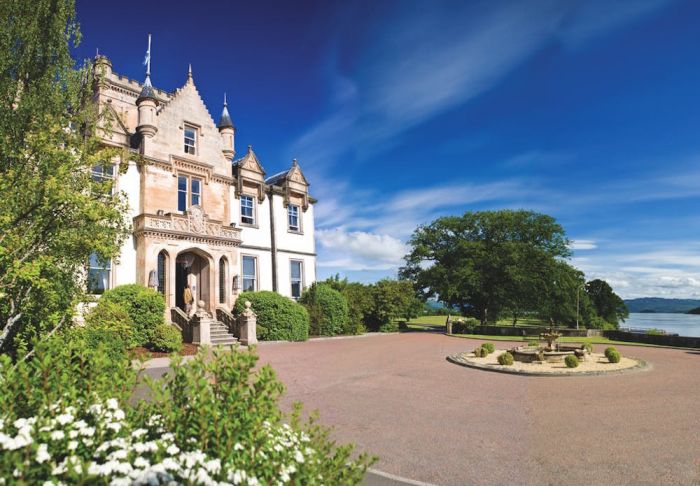
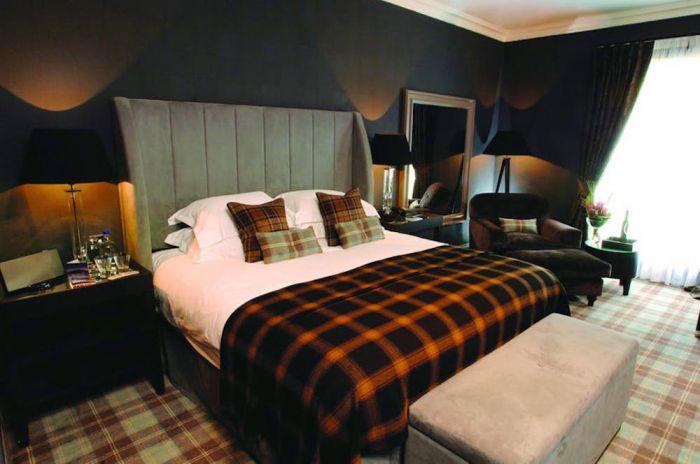
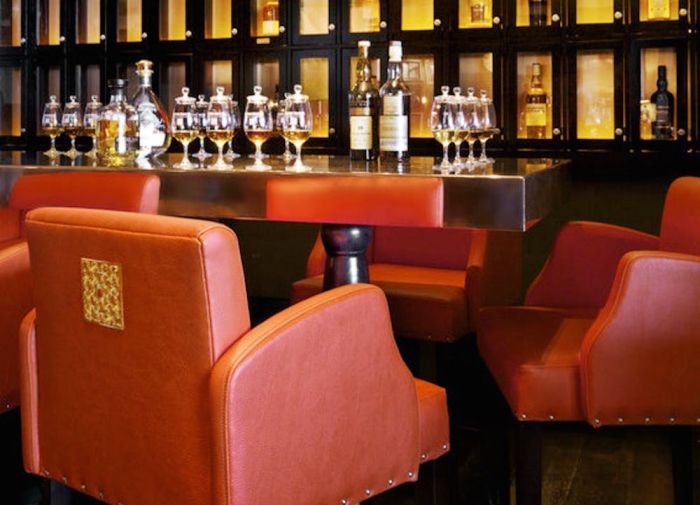
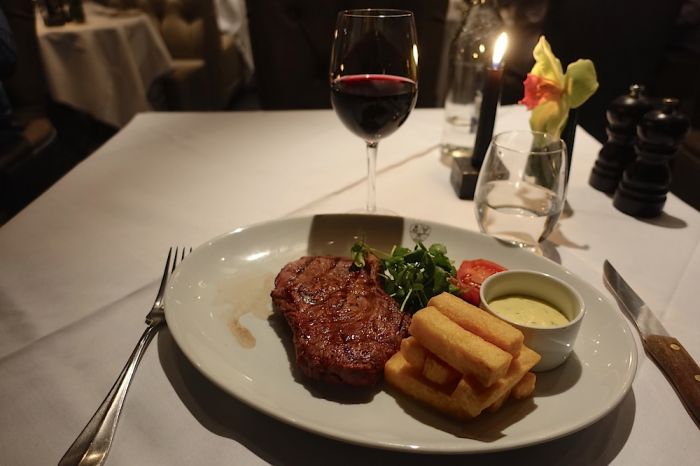
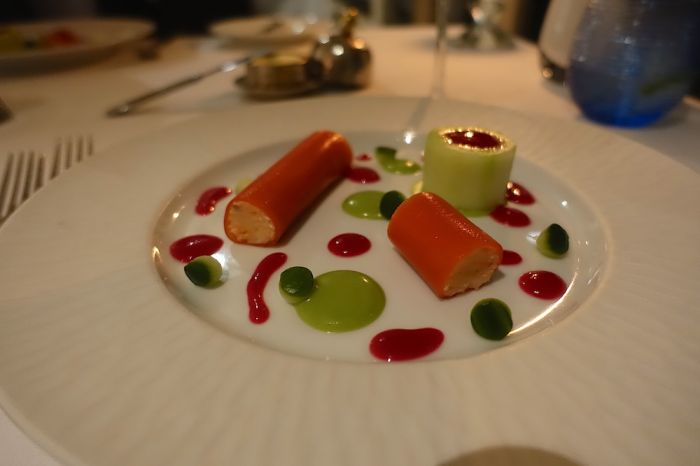
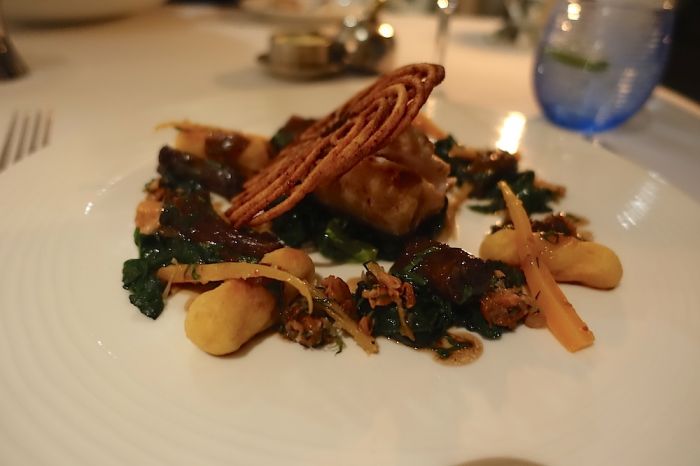
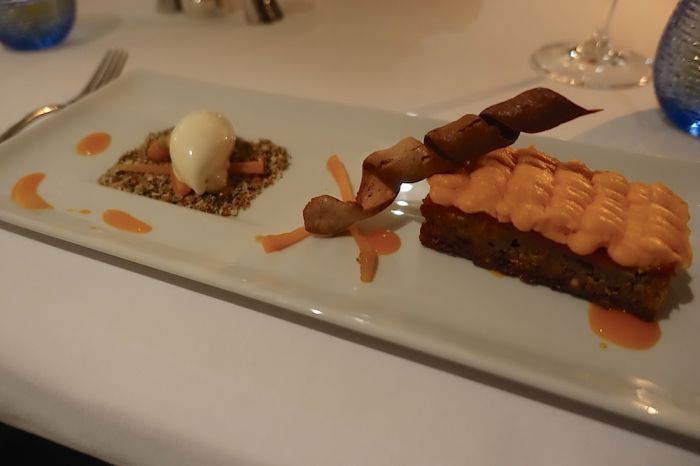
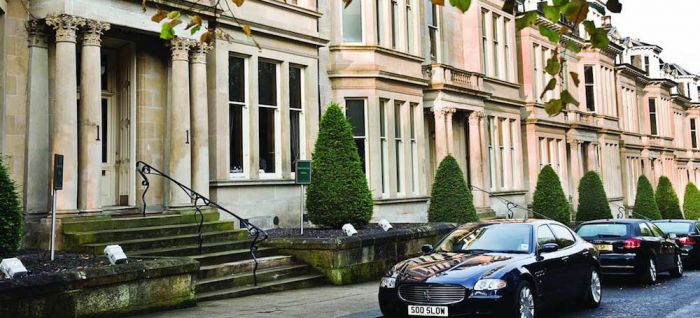
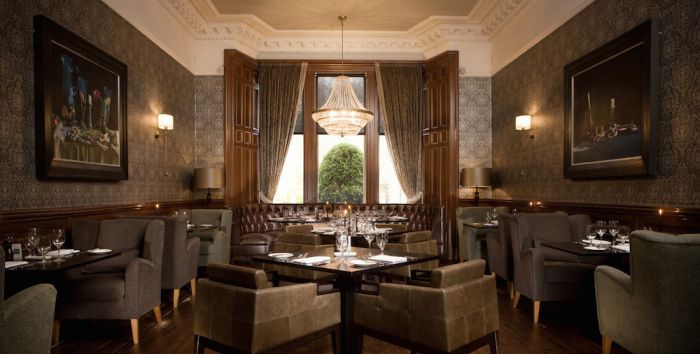
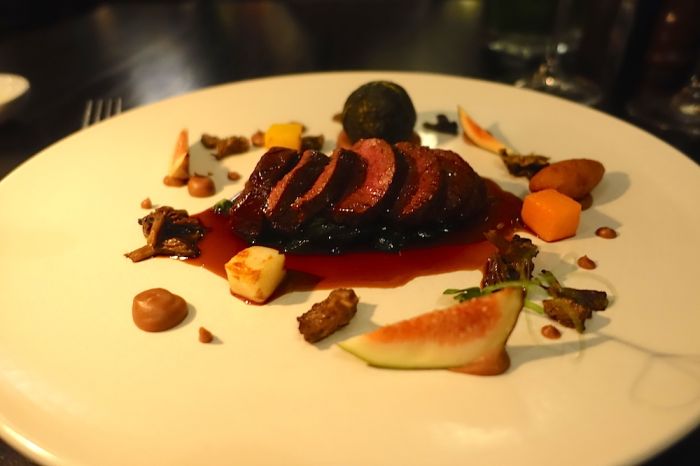
 Tram, lisbon. Photograph: iStock Photo
Tram, lisbon. Photograph: iStock Photo 






